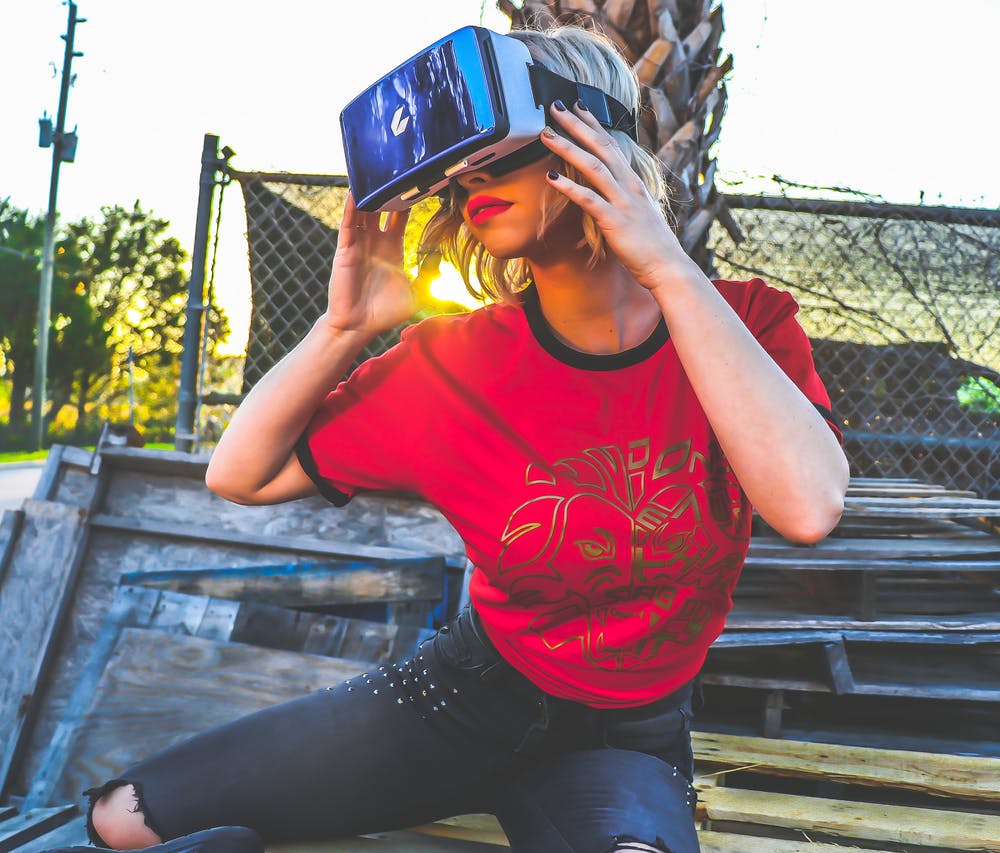
There have been breathless articles written about how virtual or augmented reality is going to change everything for decades. Virtual Reality (VR) hardware (often glasses or goggles) allow the user to interact with a computer-generated immersive environment, where Augmented Reality (AR) devices overlay information onto the world without the processing power requirements of virtual reality. Costs are down, bandwidth is up, but it’s 2019, and with few exceptions, what Adam Draper of Boost VC calls “digital reality” remains a technology in search of a killer app.
So far, the biggest in-roads have been made in the entertainment, aeronautics, and training industries. Two better-known examples are Niantic’s Pokemon Go, and the F-35 fighter pilot helmet with a Heads Up Displays (HUD) integrates video from six cameras around the jet airframe. Various analysts have highlighted trends toward ruggedized hardware better able to withstand use in tough environments, increased 5G bandwidth, and slowly decreasing the cost of products, but one element has largely escaped discussion. That is the social environment of digital reality use, one very particular aspect of the context of use. The fate of Google Glass is one of the most vivid cautionary tales for overlooking this element of the user experience. Doesn't anyone remember Glassholes?
Google Glass launched in 2013 in a limited release beta, was discontinued as a consumer product two years later after Glass wearers faced a powerful social backlash. Beyond the buggy interface, beta status, and murky functionality, the appearance of the product, which looked more at home in a lab than on the streets sent all the wrong messages. Glass wearers were widely mocked for looking as stylish and self-important as somebody wearing a Bluetooth earpiece around the office (see Urban Dictionary entry bluedouche). Like the Bluetooth earpiece wearers, Glass wearers also acquired their own epithet glasshole.
The ease of taking pictures or recording without people’s knowledge caused a visceral negative public reaction leading to their ban from some restaurants, and in some cases, assault. It felt invasive and creepy in a way that a cell phone or camera did not. Mat Honan, a tech journalist, recounted for Wired in 2013 his failure to convince his wife to let him record their child’s birth with Google Glass:
"It was the form factor of the camera that irked her. It was the way Glass looked. It might let me remain in the moment, but my wife worried it would take her out of it, that its mere presence would be distracting because it's so goddamn weird-looking."
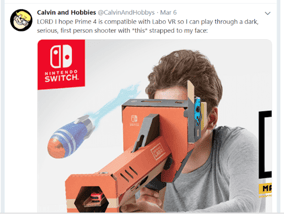 While Glass inspired a particularly intense reaction, it’s hardly alone. Nintendo’s recent release of the new Labo VR Kit included VR goggles built into cardboard constructs. The reaction on the Twittersphere was roundly derisive. I’ll leave it as an exercise for the curious to google ‘labo come look at this duck.’
While Glass inspired a particularly intense reaction, it’s hardly alone. Nintendo’s recent release of the new Labo VR Kit included VR goggles built into cardboard constructs. The reaction on the Twittersphere was roundly derisive. I’ll leave it as an exercise for the curious to google ‘labo come look at this duck.’
The comprehensive user -experience must include the social context of use, not only the physical use environment. How well (or poorly) does the product fit into those social environments? Different use environments can have different social expectations and norms which shape how a product and its features (and hence the user) might be perceived. The form factor of a device (goggles, glasses, etc.) matters not only for ease-of-use but how it changes the user’s appearance. Something that might look fine in a lab might not be well-received at a cocktail party.
A product’s features matter, not only for what they allow the user to do but how those capabilities mesh with or clash with current social norms in their environment. Particularly in an age of heightened awareness of the casual attitude of many tech companies towards privacy, understanding fears and concerns raised by features that enable recording, photographing or information-gathering is pivotal for assessing risk and making design decisions to ensure a positively received product. Part of creating a successful product is understanding not only the experience of someone using the device in a particular setting but how that use might affect other people’s perception of the wearer.
READ MORE: Setting Up a VR-UX Testing Lab, AR, Art and Snapchat, When to Use ZeroUI: A Researcher's Perspective, Biometrical Authorization and the Future
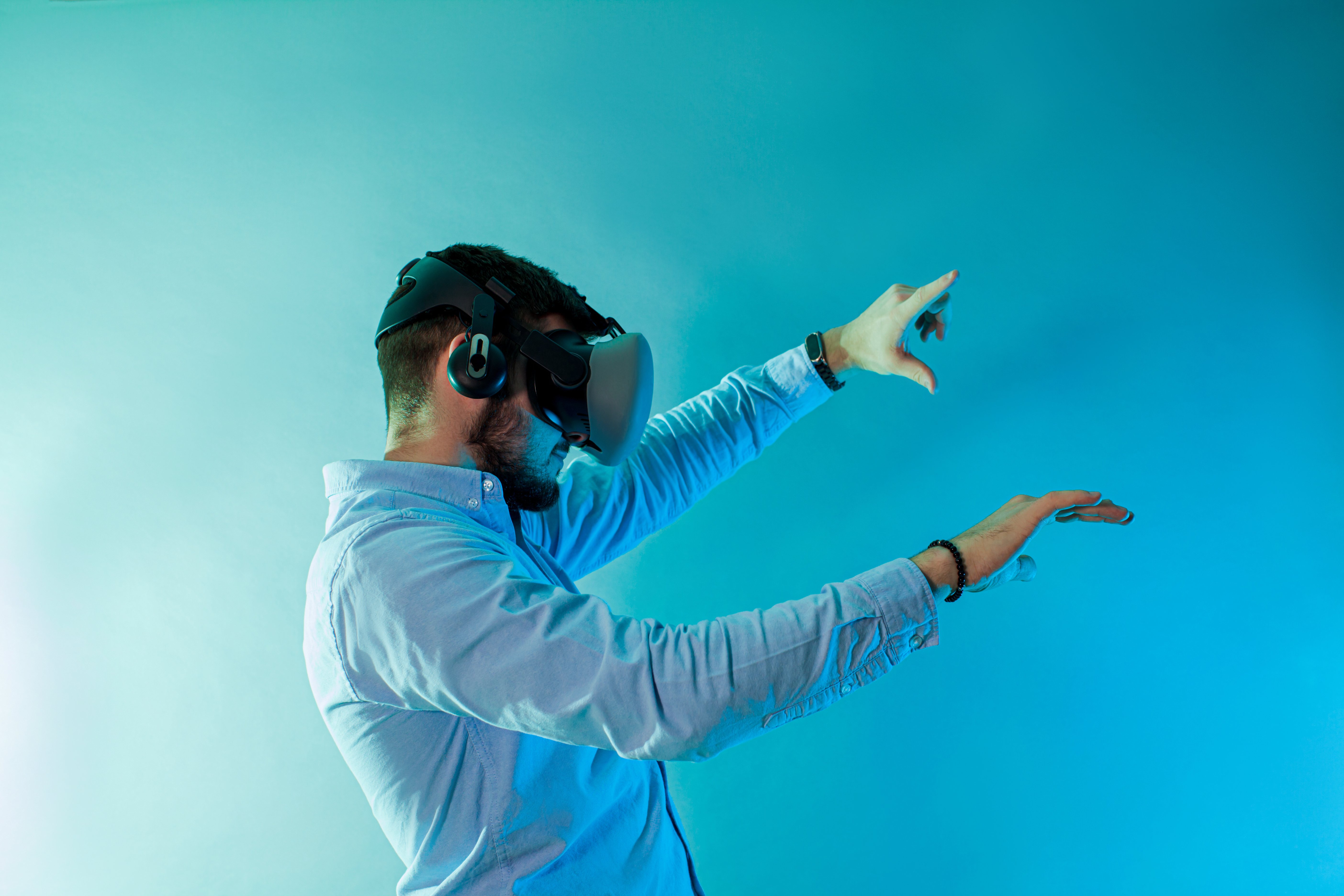
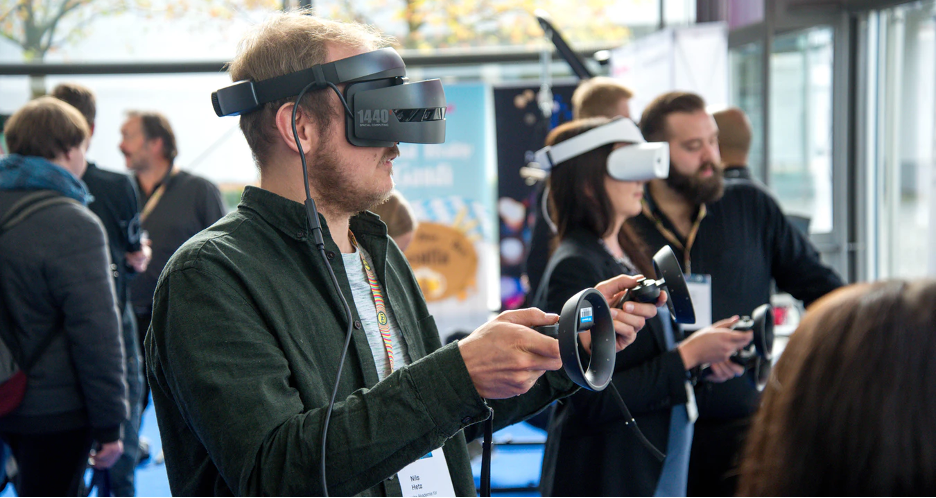
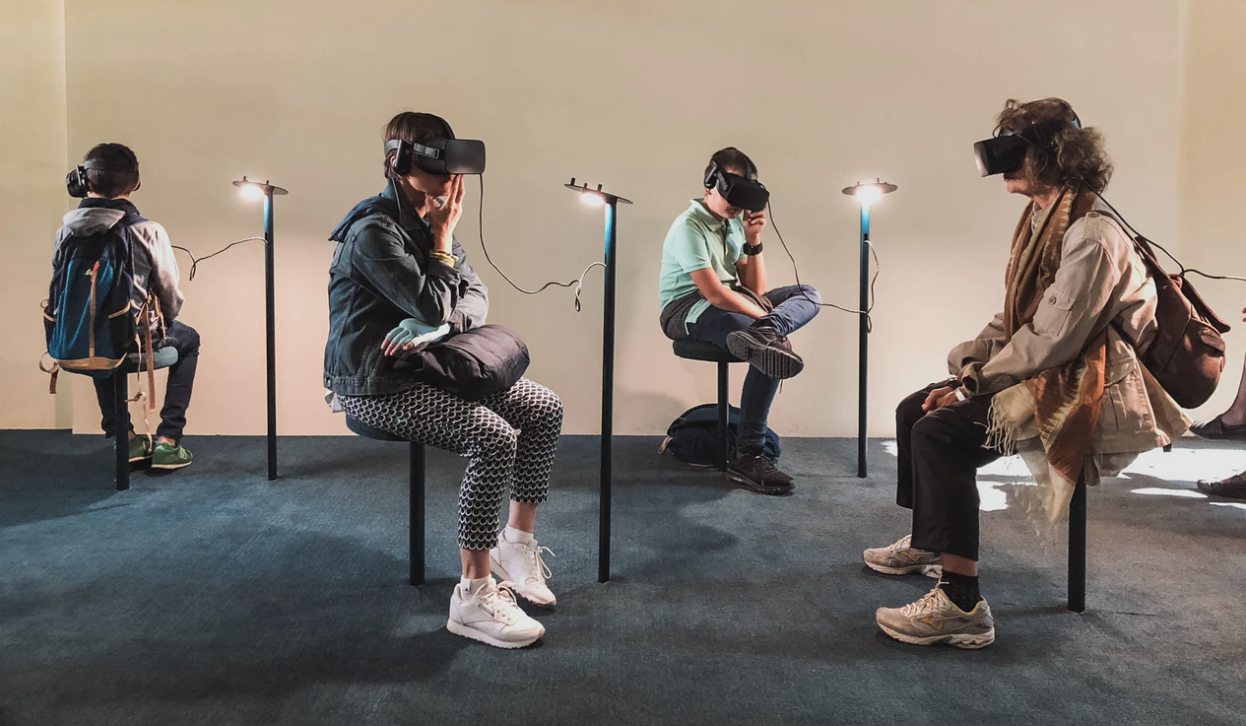







Comments
Add Comment